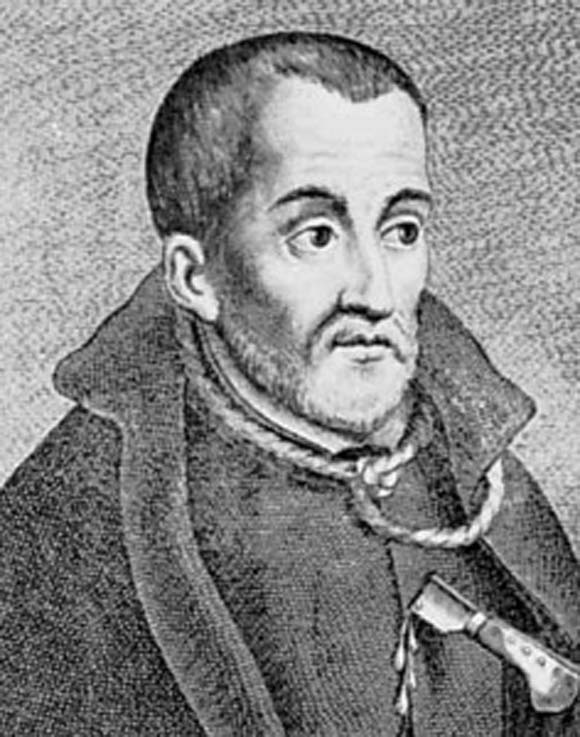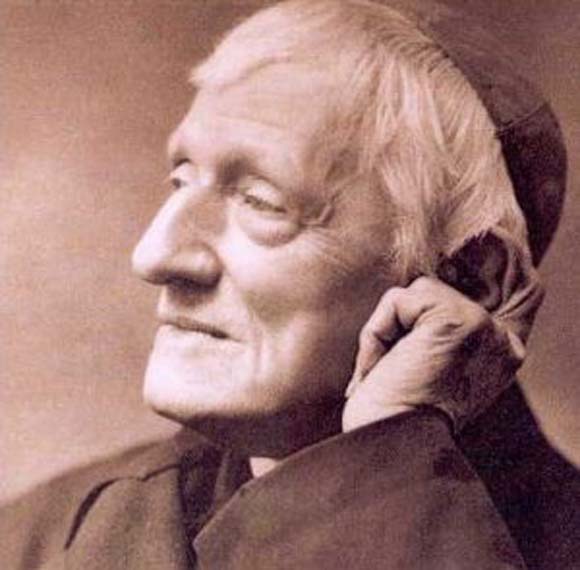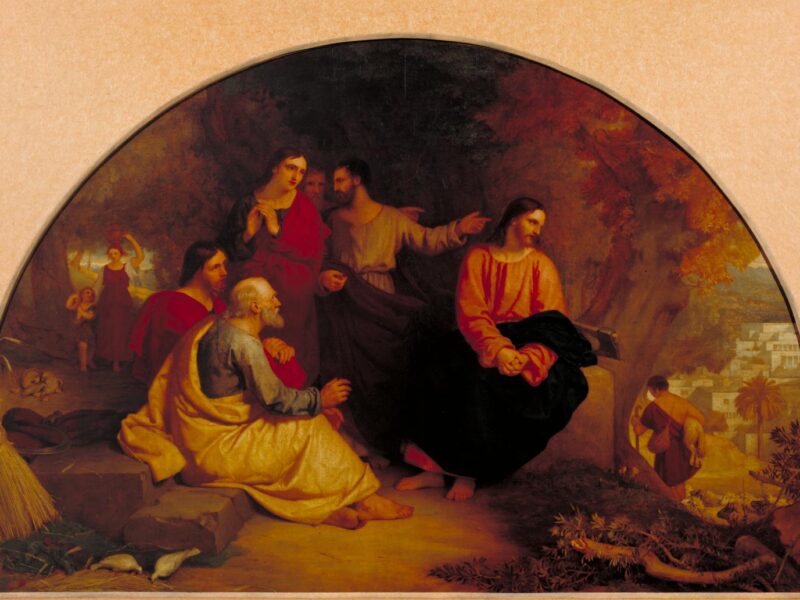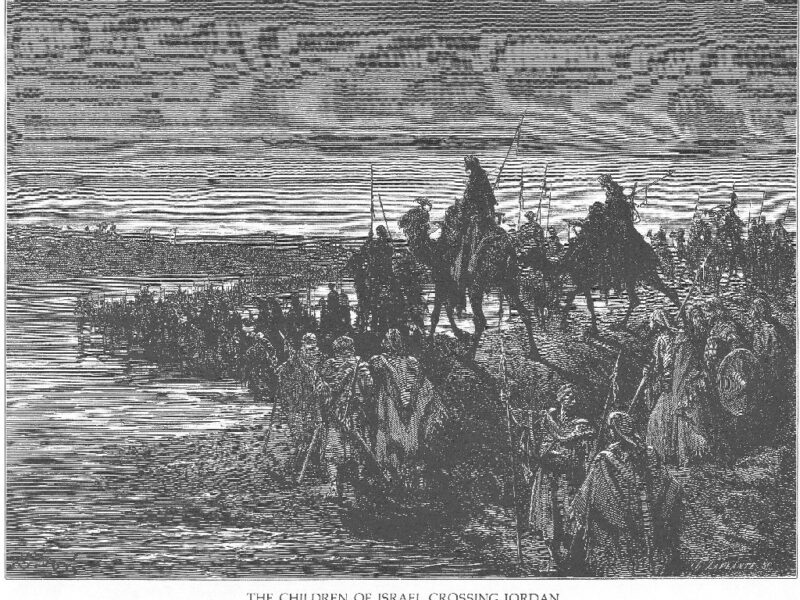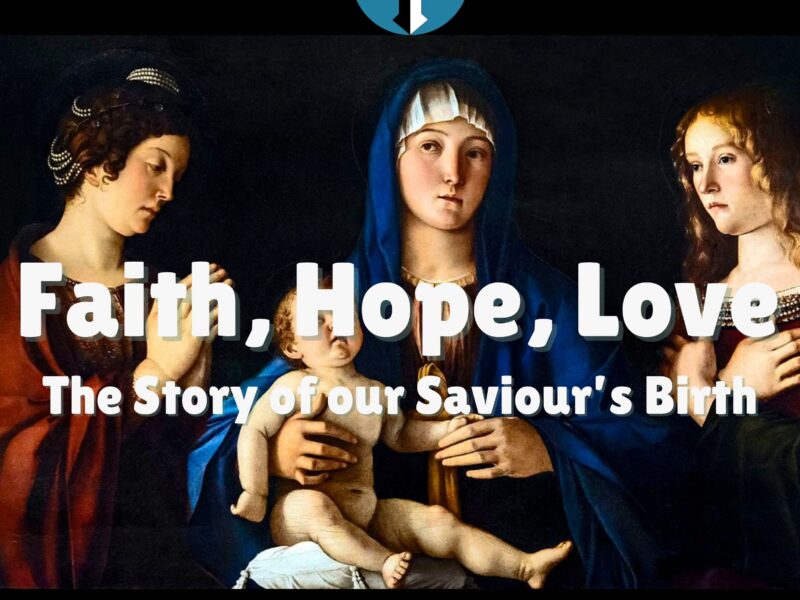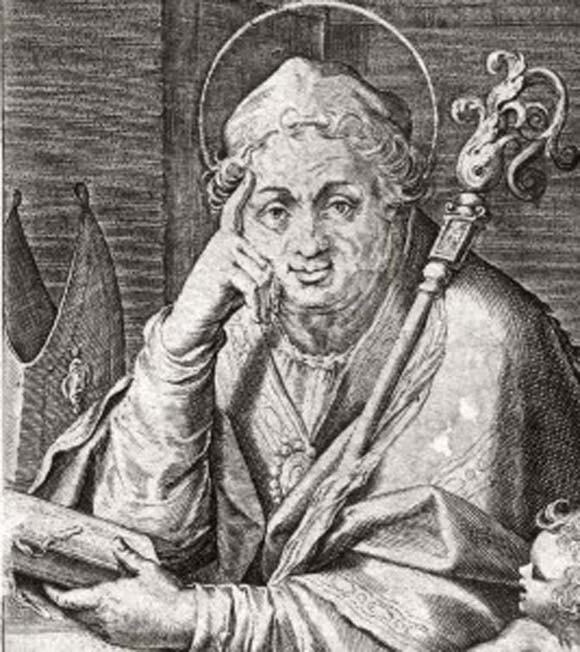
The Catholic Church in England
 It is, perhaps, a temptation to view the Catholic Church in England as a product of the counter-reformation and reduce its scope to a history of some 450 years. However, to do so, is to do injury to the vast influence of English Catholicism’s cultural, intellectual and devotional influence, not only within the confines of these Isles but far beyond. For a real appreciation of the English Church we must gaze further back than that. Many would date the founding of the Church in England to the official Gregorian Mission of 596AD. Pope Gregory the Great entrusted Augustine of Canterbury to head a delegation to these shores with the object of converting the Anglo-Saxons to Christianity, however, as St Bede shows us in his Historia Ecclesiastica, English Christianity can be traced back until at least the second century, surviving the departure of the Roman forces and remaining until the arrival of Augustine. Indeed, it is clearly recorded that Romano-British bishops, such as Restitutus, attended the Council of Arles in 314. It would seem that the Church in England was an influential body from its very early days.
It is, perhaps, a temptation to view the Catholic Church in England as a product of the counter-reformation and reduce its scope to a history of some 450 years. However, to do so, is to do injury to the vast influence of English Catholicism’s cultural, intellectual and devotional influence, not only within the confines of these Isles but far beyond. For a real appreciation of the English Church we must gaze further back than that. Many would date the founding of the Church in England to the official Gregorian Mission of 596AD. Pope Gregory the Great entrusted Augustine of Canterbury to head a delegation to these shores with the object of converting the Anglo-Saxons to Christianity, however, as St Bede shows us in his Historia Ecclesiastica, English Christianity can be traced back until at least the second century, surviving the departure of the Roman forces and remaining until the arrival of Augustine. Indeed, it is clearly recorded that Romano-British bishops, such as Restitutus, attended the Council of Arles in 314. It would seem that the Church in England was an influential body from its very early days.
Whilst it would be foolish to see the English Reformation as anything less than a thoroughgoing dismantling of the institutions of the Catholic Church, and its impact as nothing less than devastating, we must be aware that throughout the see-sawing of the religious landscape of the reigns of Henry VIII, Edward VI, and Mary, a significant proportion of the population continued to stand for the faith and to practice whether in public or private. Although by Elizabeth’s reign the Catholic population, repressed and denied its legitimacy, could only be said to be a minority it could not be wholly expunged. A new era had begun and one in which the bravery and steadfastness of those who held to the faith would become legendary under penal conditions. English Catholicism adapted to its new and hostile circumstances by going largely underground and re-establishing its organisational centres abroad from which missionary activity ceaselessly flowed.
